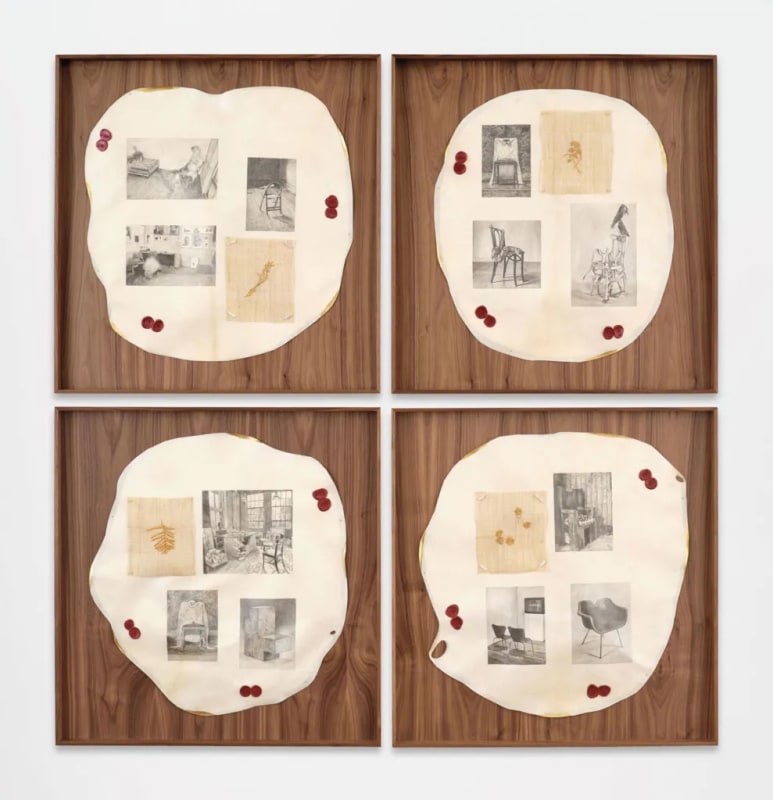In that work, I included a drawing of a photograph of Gonzalez-Torres’s video installation involving two chairs, “Untitled” (A Portrait) [1991/1995]. It’s about two bodies. It’s a pair. Of course, it’s about love; it’s about the missing partner, it’s about the dead. I think it’s about something more than yourself, about how you can actually extend yourself through another body or even a community of people. His life and work have influenced mine tremendously, especially the way he talked about absence and presence. In my work, I try to pay tribute to the artists lost to the AIDS epidemic. I want to talk about how these people are lost, but their legacies are always present with us.
In his influential book Poetics of Relation (1990),Édouard Glissant advocated for “the right to opacity for everyone,” referring to the ways individuals might, through art, speak from their perspective while preserving all the nuances of their humanity, rather than flattening or reducing it for easy legibility or categorization. No one exemplifies this better than Felix Gonzalez-Torres (1957–1996), who was working around the time Glissant wrote the book, creating art that would become an important touchstone for generations of artists.
Made of everyday objects—piles of candy, curtains of beads, pairs of clocks—Gonzalez-Torres’s works don’t typically reveal their weighty stories readily. Instead, they obliquely yet poignantly capture his experience living as a queer person of color at the height of the AIDS crisis. “Untitled” (Portrait of Ross in L.A.), 1991, for example, is a pile of candies said to approximate the weight of the artist’s late lover; viewers can take the candies, which are continually replenished. Works like this one point to the absence—the death—that surrounded Gonzalez-Torres in the late 1980s and ’90s. They are deeply personal and intimate, but also speak to more universal themes of love, loss, and how the two are ever intertwined.
Gonzalez-Torres’s works are heady and conceptual, but at the same time, deeply affecting. The artist is currently the subject of “Always to Return,” an exhibition co-organized by the Smithsonian’s National Portrait Gallery and the Archives of American Art that frames his object-based works as a kind of portraiture. For the occasion, A.i.A. spoke to an intergenerational group of artists impacted by Gonzalez-Torres. They noted his ability to make absence present; the mutability of his score-based works, which are reconstituted according to the artist’s instructions each time they are shown; and how his works live on after his untimely death from AIDS-related complications—how even today, his presence is profoundly felt.
Kang Seung Lee (b. 1978)
Growing up in South Korea, I didn’t see a Felix Gonzalez-Torres work until my early 20s, when I went to Australia for part of my undergrad studies. Because of his sexuality and the content of his work, it wasn’t shown in Korea until 2012. I’ve made one work about Felix’s work, part of my piece Untitled (Chairs) [2023]: It shows drawings of empty chairs that various late artists would have sat on in their studios. All the artists either died of AIDS-related causes or made work focused on HIV/AIDS. Chairs immediately evoke something about the body, something to be activated by a body. Looking at a chair when it’s not occupied, we immediately think of the body and its absence.

